Ancient architectural marvels dot the Asian landscape, with many stunning palaces
as silent witnesses to bygone eras. These forgotten treasures combine intricate
craftsmanship with historical significance, offering glimpses into the opulent lives of
former rulers and their courts.
From remote mountain fortresses to overgrown jungle ruins, each structure tells a
unique story of power, artistry, and the inevitable passage of time.
Kellie’s Castle, Perak, Malaysia
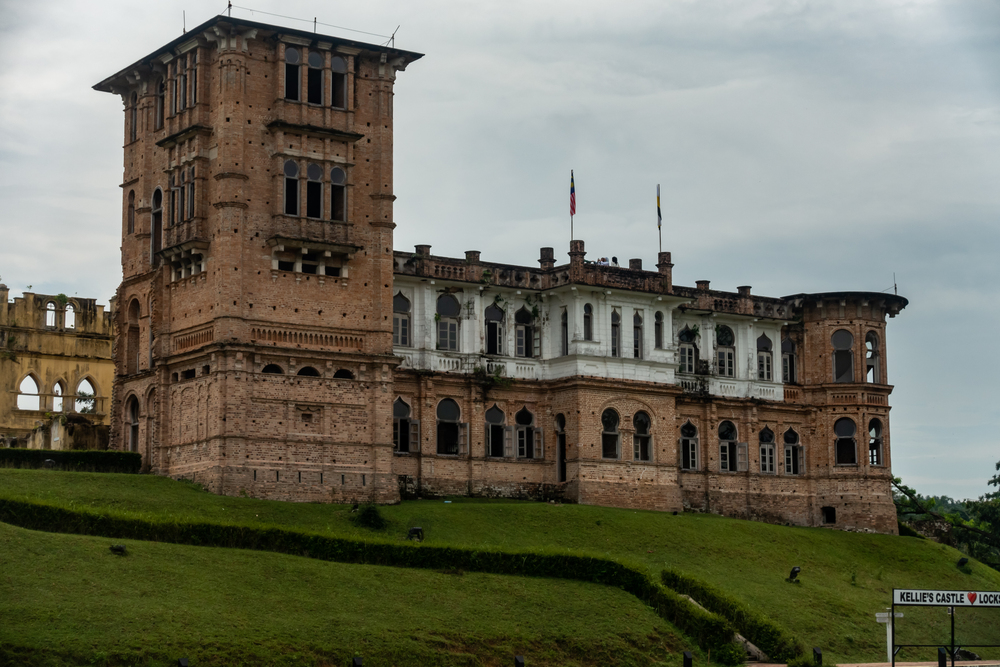
This unfinished mansion combines Moorish, Indo-Saracenic, and Roman
architectural styles in an ambitious fusion never completed. Scottish planter William
Kellie Smith began construction in 1915, incorporating Malaysia’s first elevator shaft
and rooftop entertainment area.
Construction halted abruptly after Smith died in 1926, leaving behind a haunting monument that showcases the melding of Eastern and Western architectural principles.
Sunyaragi Cave, Cirebon, Indonesia
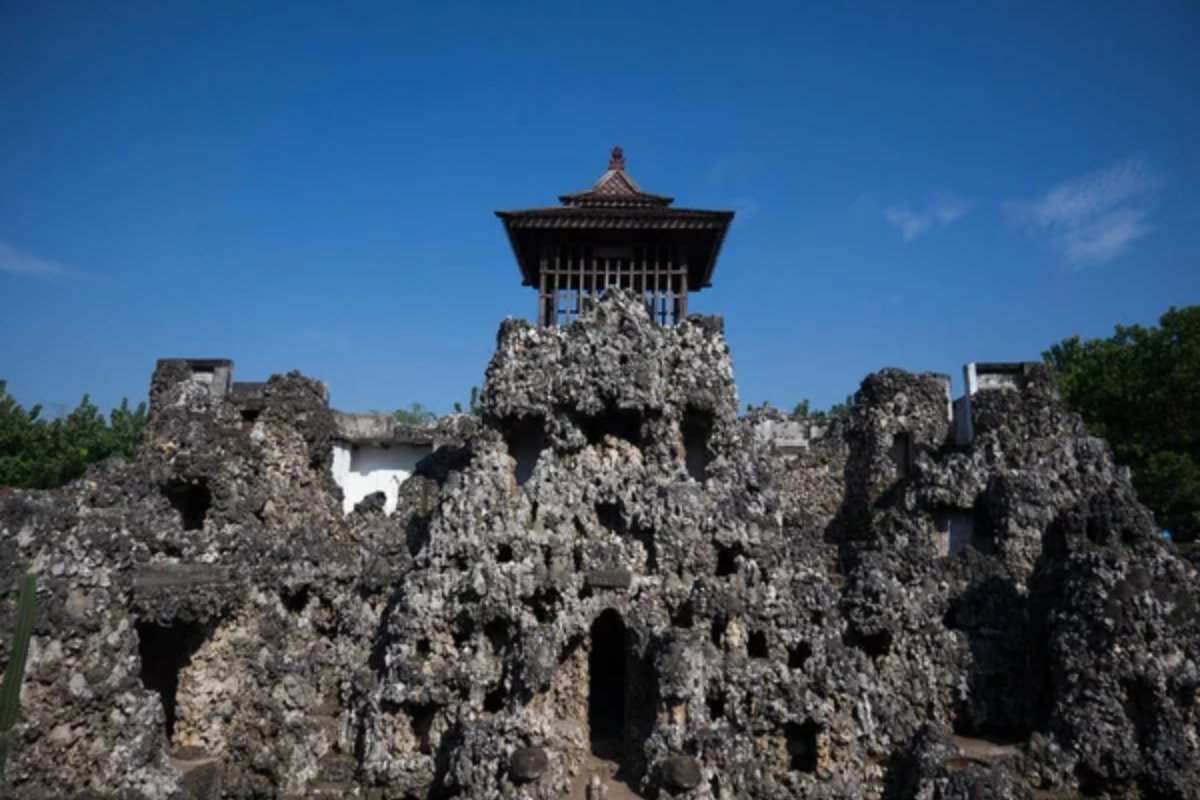
This 18th-century water palace complex served as a meditation retreat for the
Sultanate of Cirebon. The artificial cave system features elaborate rock carvings,
water channels, and meditation chambers designed to create a cooling microclimate.
Local artisans incorporated Hindu, Buddhist, and Islamic architectural elements
throughout the complex, creating a unique blend of cultural influences.
Like Travel Pug’s content? Follow us on MSN.
Phnom Bokor Palace, Kampot, Cambodia
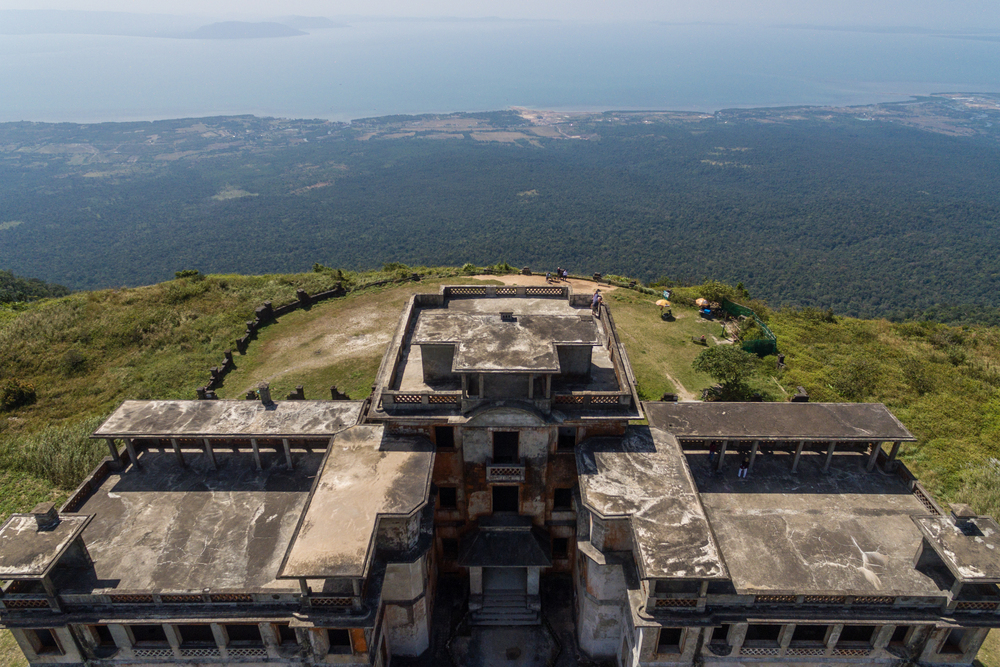
Perched 3,540 feet above sea level, this French colonial hill station palace emerges
from the mists of Bokor Mountain. Built-in 1925 as a retreat for colonial officials, the
palace hosted Cambodia’s elite before being abandoned during the country’s political
upheavals.
Its Art Deco features and commanding views of the Gulf of Thailand create an eerie yet magnificent atmosphere.
Ruins of Muang Boran Palace, Samut Prakan, Thailand
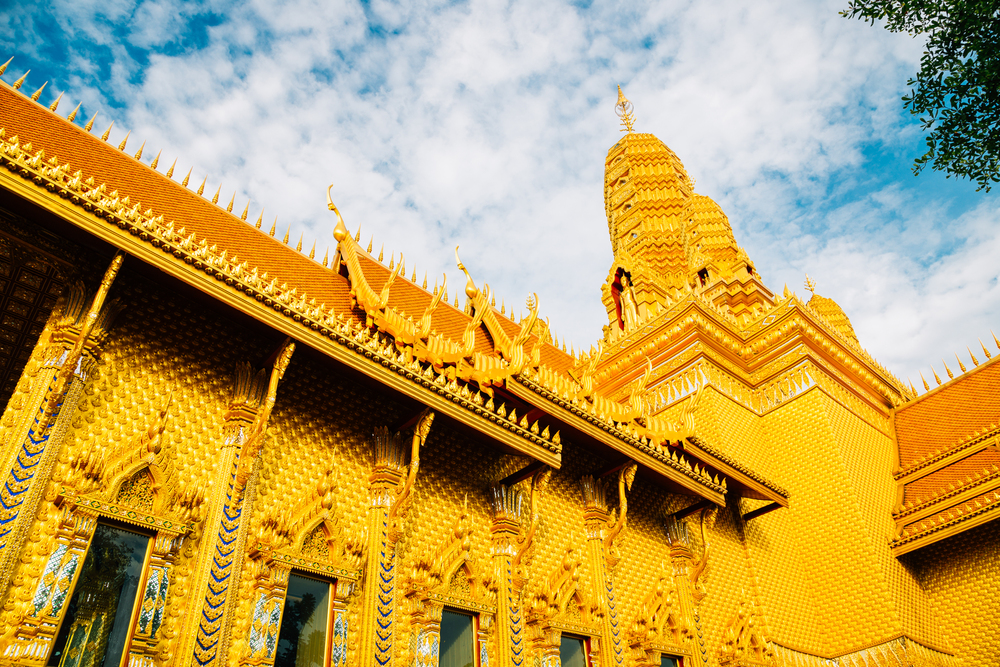
This lesser-known palace complex incorporates architectural elements from various
periods of Thai history. The buildings showcase traditional stepped roofs, intricate
wood carvings, and gilded decorative elements that have weathered gracefully.
Ancient water management systems throughout the grounds demonstrate the
advanced engineering capabilities of early Thai civilization.
Fujian Earth Buildings, Yongding, China
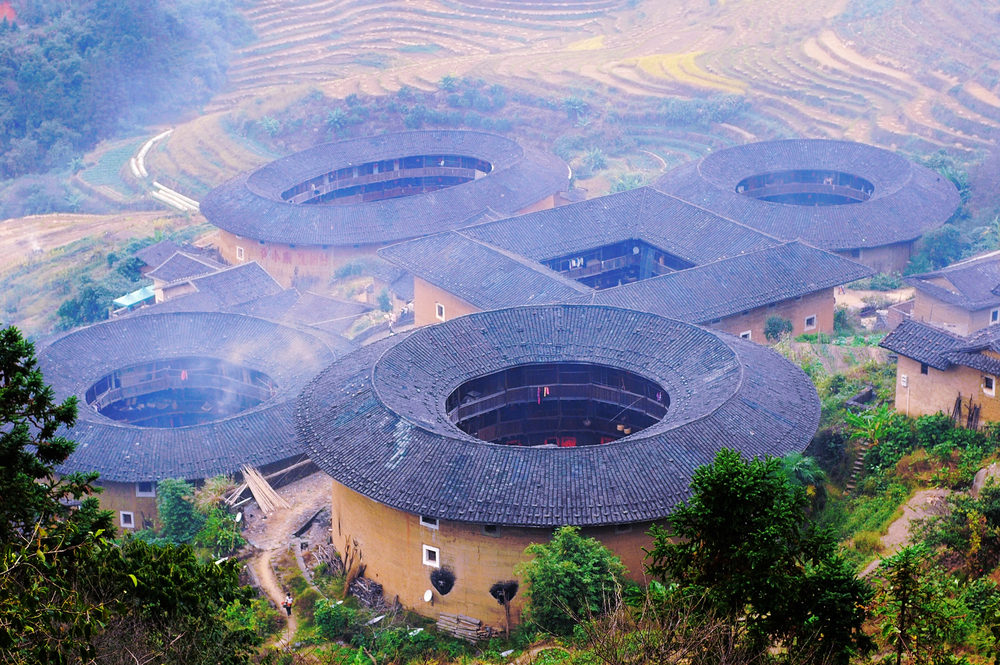
These fortress-like communal residences, built between the 12th and 20th centuries,
housed entire clans within their massive circular walls. They featured sophisticated
passive cooling systems and defensive architecture.
The buildings’ unique design allowed extended families to live together while maintaining privacy and security.
Like Travel Pug’s content? Follow us on MSN.
Gwanghanru Pavilion, Namwon, South Korea
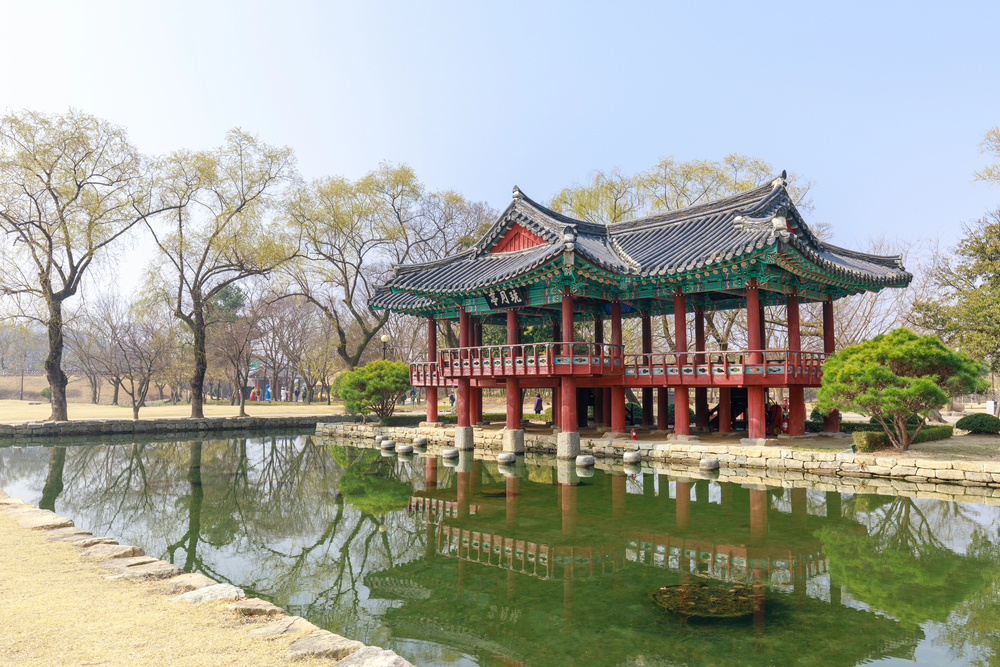
This elegant riverside pavilion, built in 1419, represents the pinnacle of Joseon
Dynasty architectural aesthetics. It employs traditional post-and-beam construction
methods while incorporating sophisticated geometric principles.
Its location along the Yeongsan River creates stunning reflections that change each season.
Neermahal Palace, Tripura, India
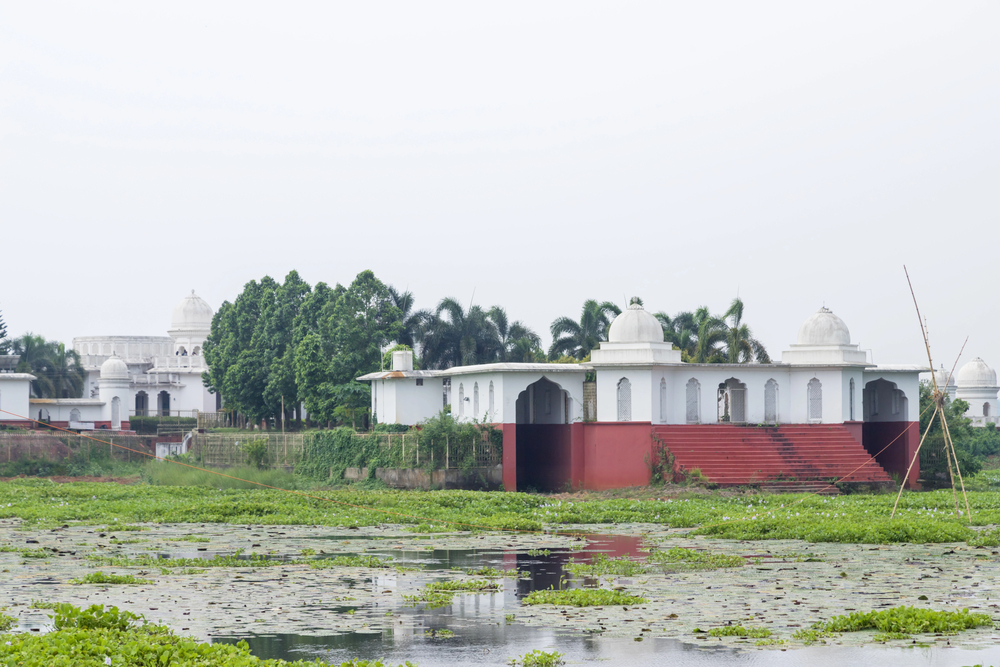
This white marble water palace, built in 1930, rises from the middle of Rudrasagar
Lake. It combines Mughal and local architectural traditions. The palace features
intricate jali work, geometric gardens, and innovative water cooling systems.
Its reflection in the surrounding waters creates an illusion of floating architecture.
Shwe Nandaw Monastery, Mandalay, Myanmar
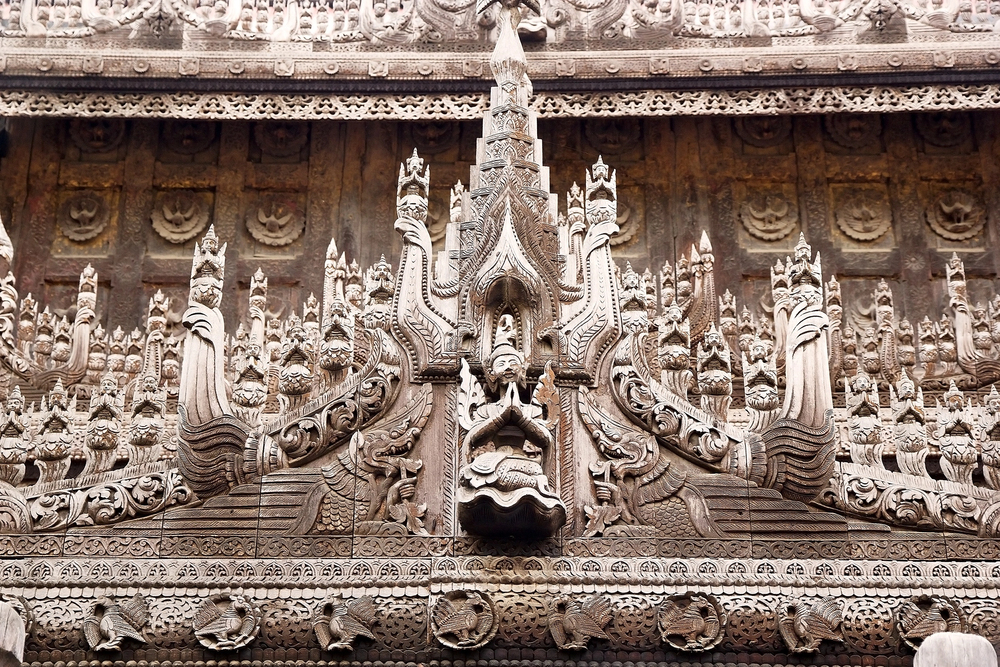
Originally part of the royal palace complex, this teak structure showcases the zenith
of Burmese wooden architecture. Intricate carvings cover nearly every surface,
depicting mythological figures and traditional motifs.

The building’s multiple roof tiers create dramatic shadows throughout the day.
Like Travel Pug’s content? Follow us on MSN.
Istana Woodneuk, Singapore
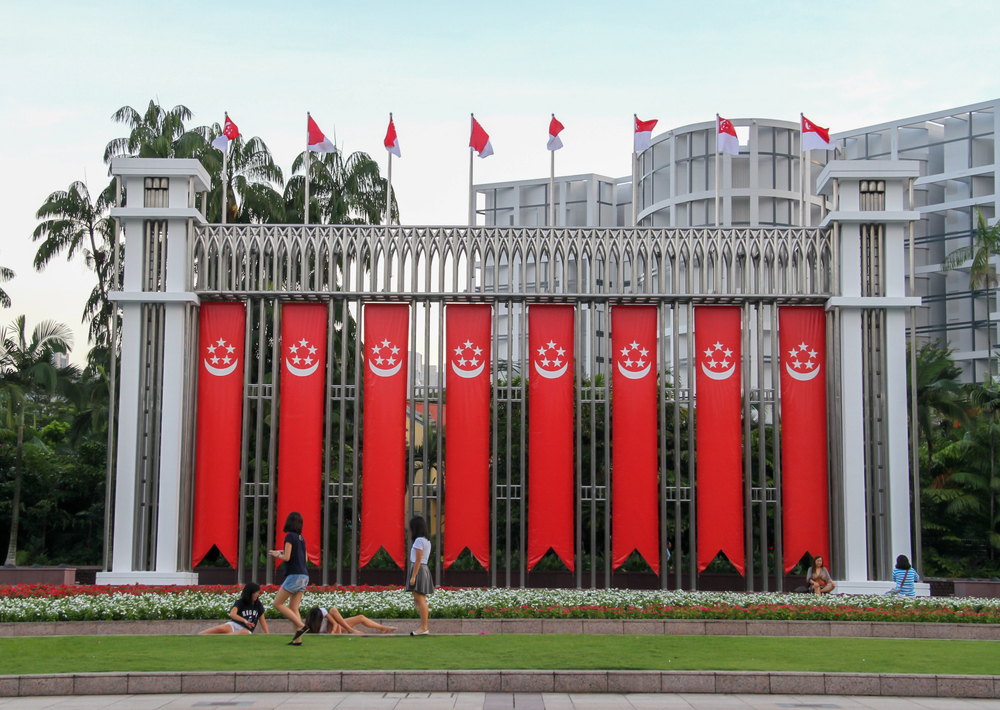
Hidden behind overgrown vegetation, this former palace of Johor’s Sultan
showcases colonial architectural influences. Built in the late 1800s, the blue-roofed
mansion combines European structural elements with tropical adaptation features.
Its partial ruins offer glimpses of former grandeur through surviving architectural
details.
Kanbauk Palace, Bago, Myanmar
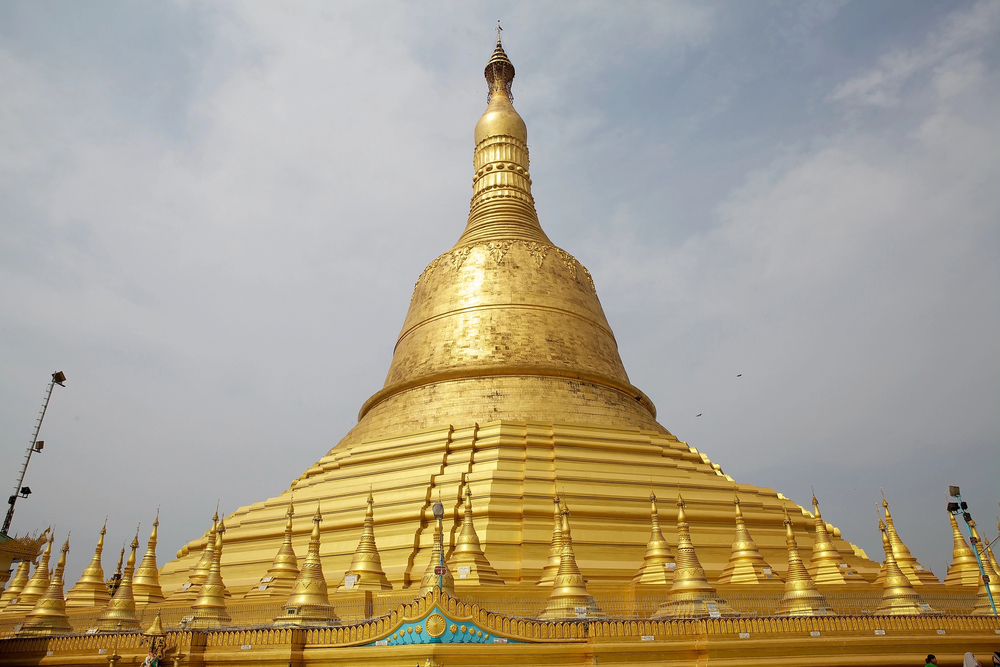
This teakwood palace exemplifies traditional Burmese royal architecture with multiple
roof tiers and ornate spires. It incorporates sophisticated ventilation systems and symbolic architectural elements representing Buddhist cosmology.
The elevated design protects against seasonal flooding while providing commanding views of the surrounding countryside.
Lingering Garden, Suzhou, China
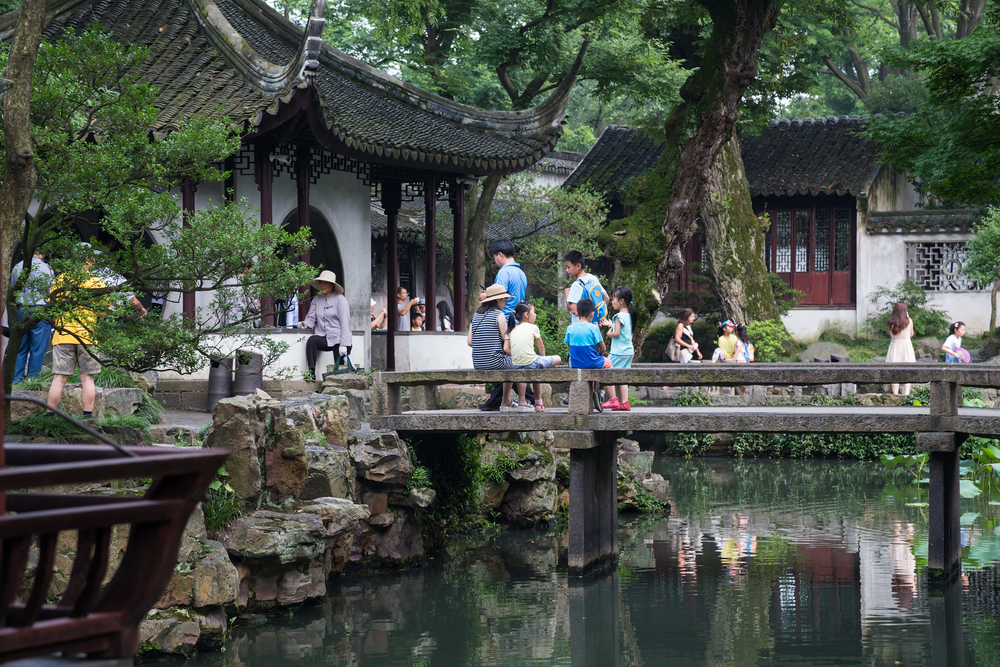
This private residence demonstrates the sophistication of Ming Dynasty garden
architecture. The complex integrates buildings with carefully designed landscapes,
creating seamless transitions between indoor and outdoor spaces.
Its rock gardens and pavilions exemplify classical Chinese principles of balance and harmony.
Like Travel Pug’s content? Follow us on MSN.
Prasat Nakhon Luang, Ayutthaya, Thailand
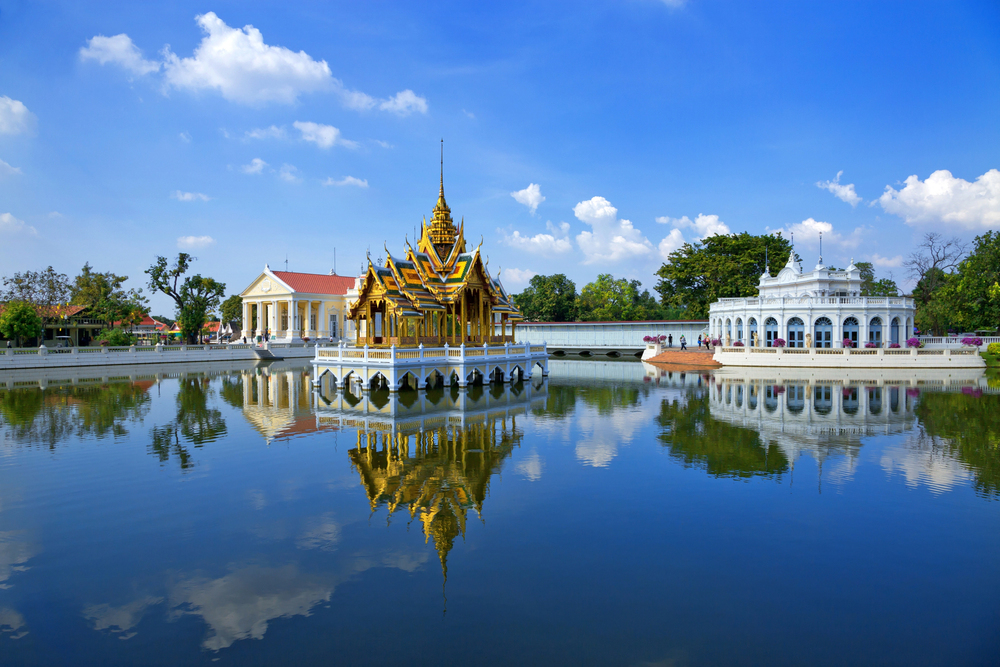
This phantom palace complex showcases the grandeur of ancient Siamese
architecture through its remaining prangs and ceremonial pools. The site features
innovative construction techniques that allow buildings to withstand seasonal
flooding.
Its remaining structures demonstrate the sophisticated understanding of load-bearing architecture in ancient Siam.
Jahaz Mahal, Mandu, India
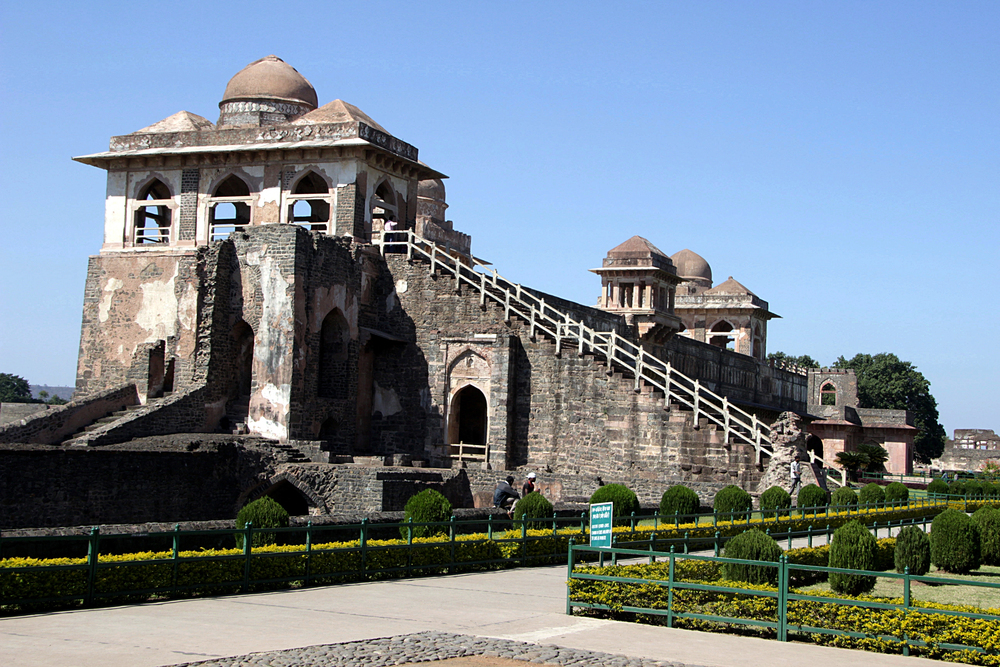
This ‘Ship Palace’ appears to float between two artificial lakes, demonstrating
medieval Indian engineering prowess. The structure incorporates sophisticated water
collection and cooling systems throughout its design.
Its unique architecture reflects the confluence of Persian and Indian architectural styles during the Malwa Sultanate.
Kataoka Palace, Nikko, Japan
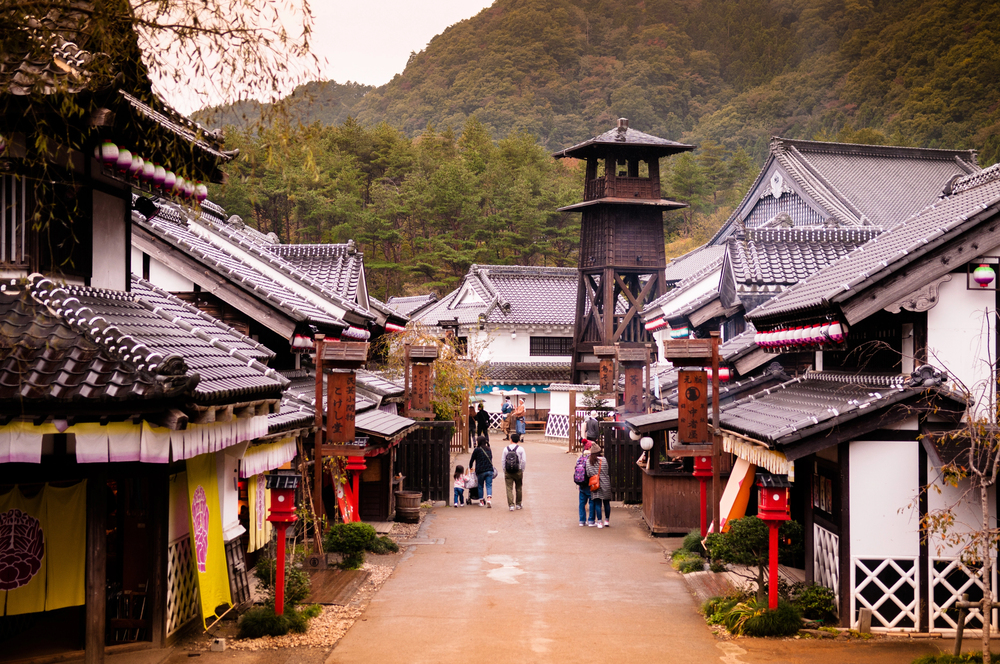
This mountain retreat exemplifies the refinement of Japanese imperial villa
architecture. The complex features traditional sukiya-style elements combined with
modern materials of its early 20th-century construction period.
Its integration with the surrounding forest landscape demonstrates Japanese principles of architectural harmony with nature.
Like Travel Pug’s content? Follow us on MSN.
Mangyongdae Palace, North Korea
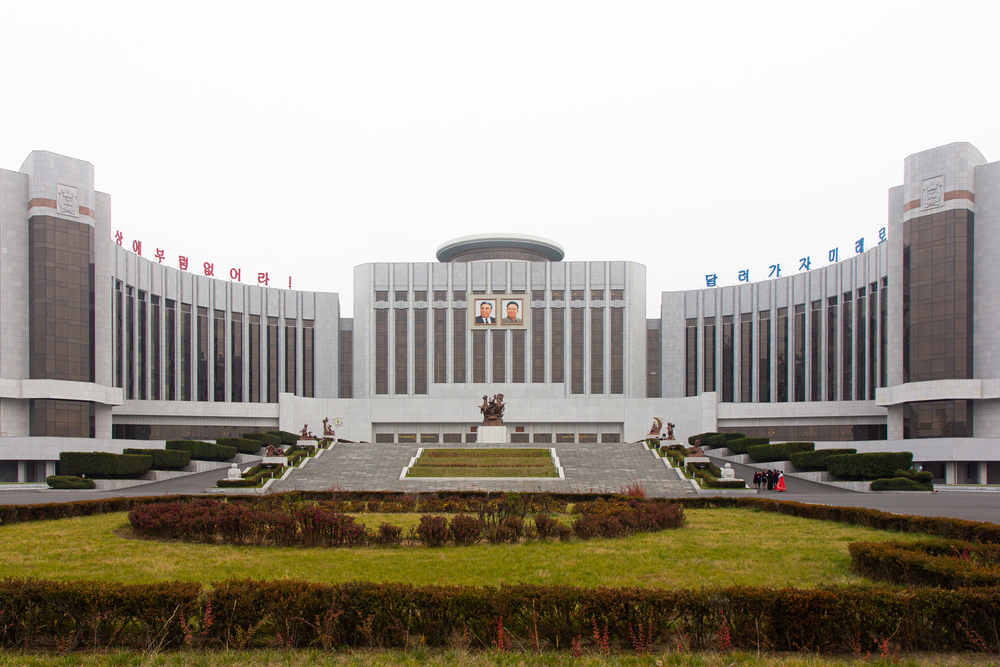
This modest palace complex represents traditional Korean domestic architecture
through its simple yet elegant design. The buildings feature traditional ondol heating
systems and sophisticated wooden joinery techniques.
Its layout reflects Korean principles of geomancy and spatial hierarchy.
Ratu Boko Palace, Yogyakarta, Indonesia
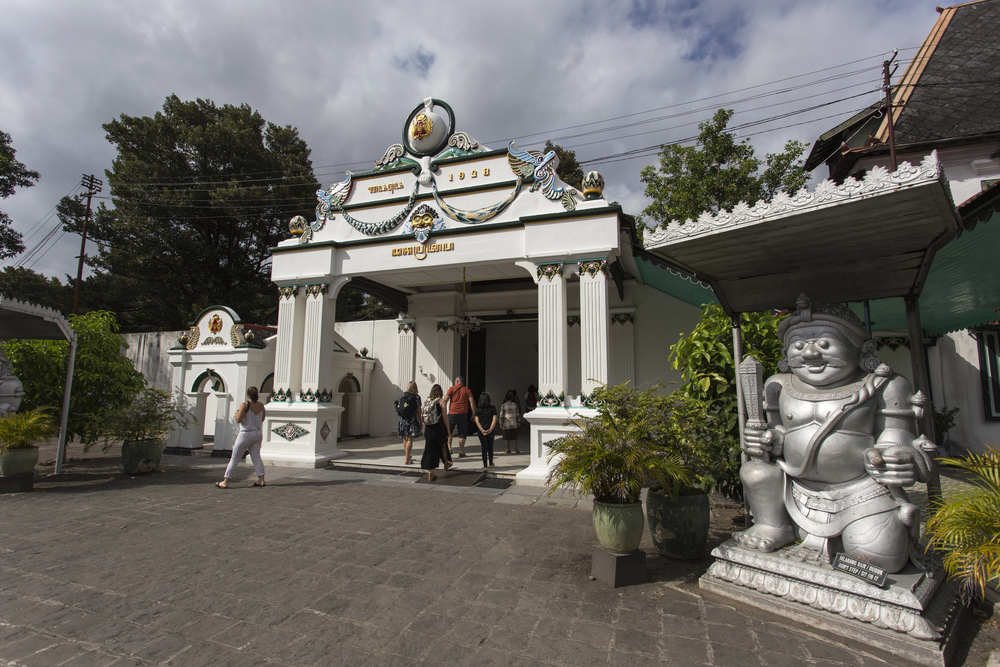
This archaeological site combines Hindu-Buddhist architectural elements with local
Javanese building traditions. The complex features sophisticated water gardens and
meditation platforms built into the natural topography.
Its elevated location provides dramatic views while demonstrating advanced ancient construction techniques.
Palace of Flowers, Pune, India
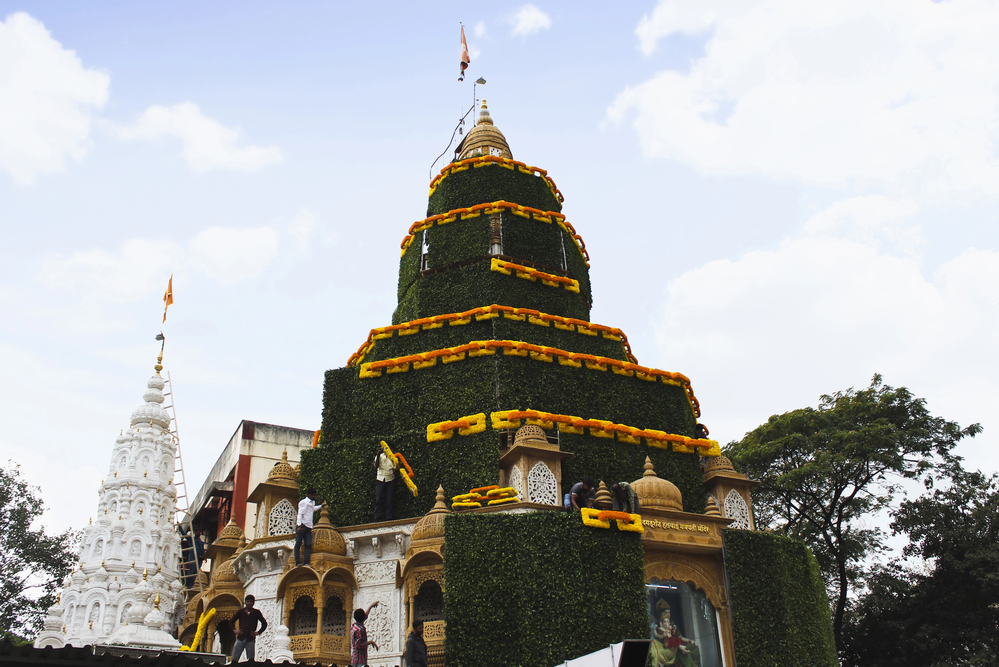
This seven-story palace demonstrates the evolution of Maratha architecture during
the 18th century. The structure incorporates traditional Indian architectural elements
with European influences of its period.
Its innovative use of wooden construction created flexible joints that helped the building survive numerous earthquakes.
Like Travel Pug’s content? Follow us on MSN.
Angkor Thom Palace, Siem Reap, Cambodia

This royal palace complex showcases the sophistication of Khmer imperial
architecture through its remaining foundations and waterworks. The site features
innovative construction techniques that allow buildings to withstand tropical climates.
Its layout demonstrates the advanced urban planning principles of the Angkor period.
Nan Madol, Pohnpei, Micronesia
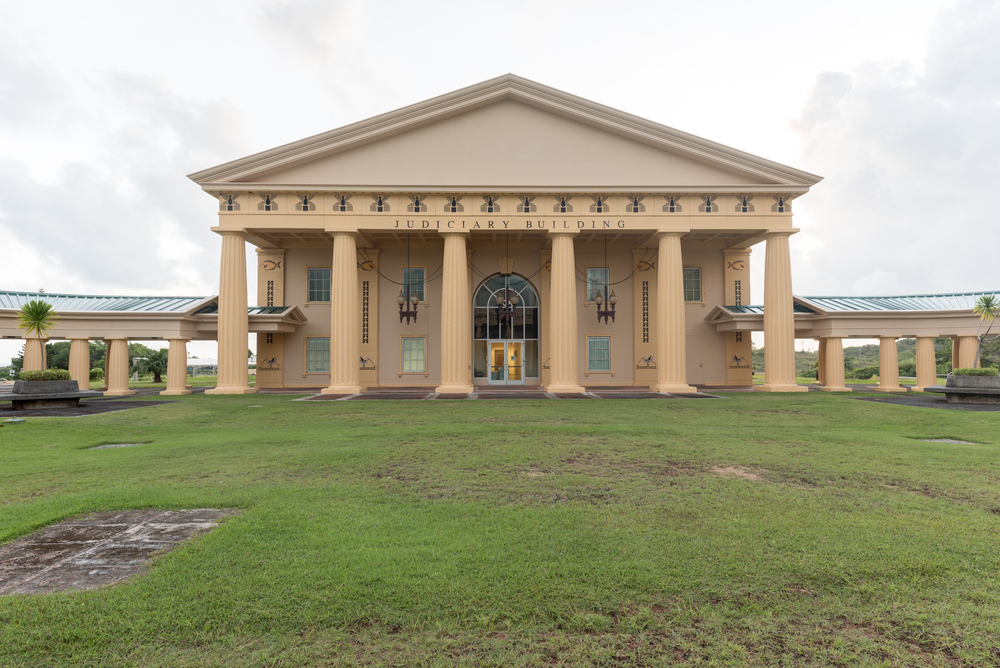
This ancient palace complex, built on artificial islands, represents a unique Pacific
architectural achievement. The structures incorporate massive basalt logs in
sophisticated patterns that create stable buildings in a marine environment.
Its construction methods remain a testament to the advanced engineering capabilities of ancient Pacific civilizations.
Mukden Palace, Shenyang, China
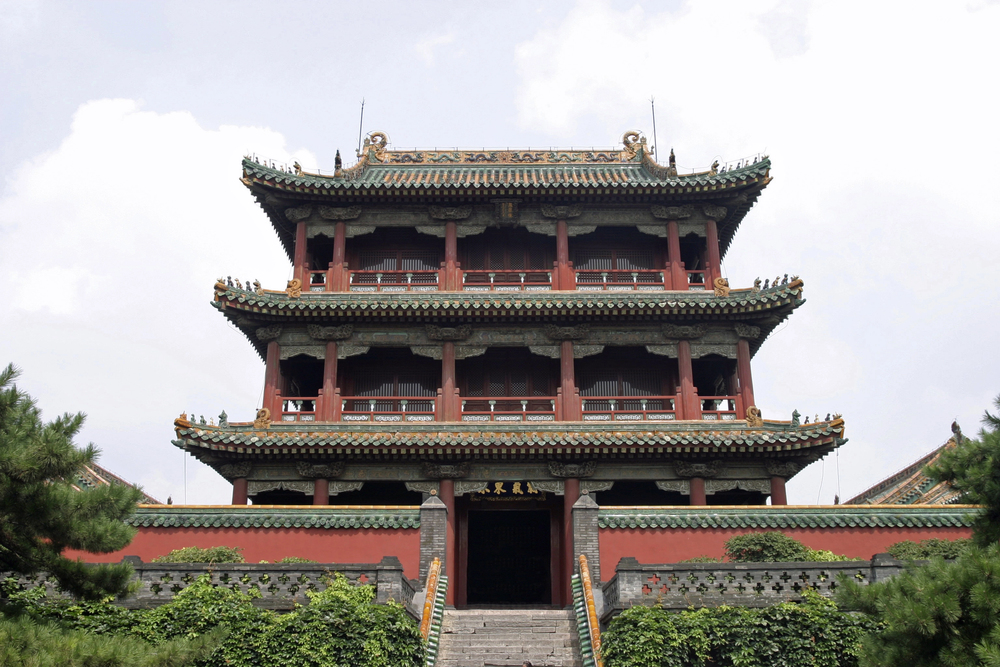
This lesser-known Qing Dynasty palace complex represents a unique blend of
Manchu, Mongolian, and Han architectural traditions. The structures incorporate
distinctive octagonal designs and feature sophisticated bracketing systems that
showcase peak Imperial Chinese engineering.
Its layout reflects traditional Chinese cosmology while incorporating practical defensive elements that protected the early Qing court.
Like Travel Pug’s content? Follow us on MSN.
Hidden Treasures Await Future Discovery
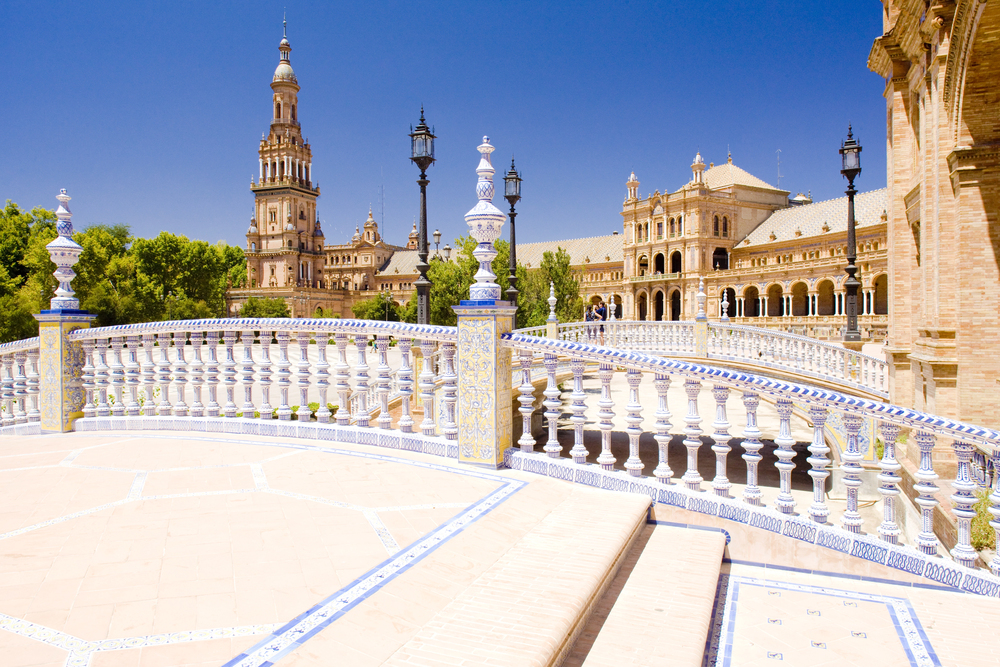
These forgotten palaces represent just a fraction of Asia’s architectural heritage
waiting to be rediscovered. Each structure’s surviving features tell a unique story of
cultural exchange, technological innovation, and artistic achievement.
Their continued preservation ensures future generations can learn from and be
inspired by these remarkable achievements in architectural history.
More from Travel Pug

- 15 Dangerous European Cities to Avoid
- 15 Caribbean Islands Where Tourists Keep Getting Scammed
- The 20 Most Fascinating Abandoned Places: A Journey Through Time and Forgotten Spaces
- 15 Hidden Places in the Smithsonian Museums Locals Love: A Guide to Lesser-Known Treasures
- 16 Hidden Florida Beach Towns That Aren’t Overrun with Tourists
Like Travel Pug’s content? Follow us on MSN.
